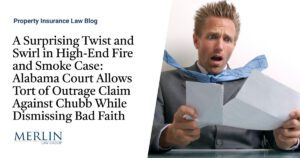NYC congestion fee would make driving into Manhattan expensive

Traffic in New York City is a big problem. The city consistently ranked among the top five most congested in the U.S., with at least one study showing that commuters lost 140 hours a year, or nearly six days of life, to sitting in gridlock.
Since 2019, the New York has been hoping to ease the logjams by introducing a congestion charge. That’s essentially a toll for driving into the city’s central business area, a play borrowed from places like London, Milan, and Singapore.
Final pricing for NYC isn’t set yet, but an MTA (Metropolitan Transit Authority) report released August 10 has put forth scenarios that would see charges between $9 and $23 per trip during peak hours, $7 to $17 during off-peak hours, and $5 to $12 for overnight access. A bill passed by New York state wants to limit charges to once per vehicle per day, however.
And what is the zone? The city defines the Central Business District as all streets below 60th Street, except for FDR Drive, the West Side Highway, and the roads that connect the two near Battery Park at the southern tip of Manhattan. In other words, everything from 60th down except the outer ring.
City planners believe this would reduce the number of vehicles on the streets by 15 to 20 percent. According to The City, the tolls could raise as much as $15 billion per year. The city would use EZ-passes and license plate readers to enforce the tolls.
Critics of the plan, including former mayor Bill DeBlasio, say that the tolls will hit poorer commuters harder, since it takes out a bigger percentage of their earnings, while the wealthiest individuals won’t feel the pinch.
The proposal does make a few carve-outs, says The City. Emergency vehicles, transporters of people with disabilities, and vehicles owned by residents of Manhattan making less than $60,000 a year are exempt. In the last category, owners would still have to pay the toll and keep track of expenses, and would then see the refund as a tax credit.
The MTA is still waiting on the Federal Highway Administration to approve the plan before it can implement it. They are also holding public hearings in late August for comments. Interested parties can find a list of dates at The City.





